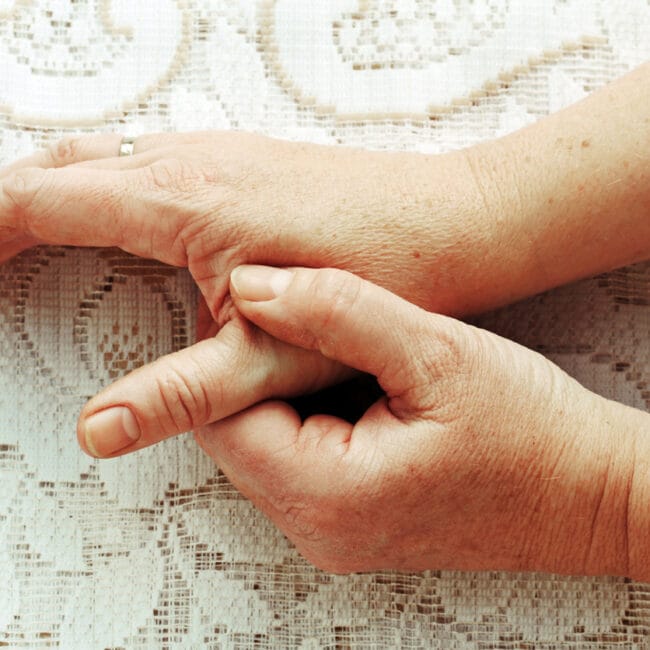With the Dublin City Marathon fast approaching, all runners who are now in-training should be aware of some of the potential injuries that can occur during your preparations so that you can avoid them from occurring before or during the big race day.
The main thing to remember in preparing for a marathon is to always listen to your body and don’t push yourself beyond your limits too quickly. If you pay attention to the signs and signals, this should prevent most injuries from occurring.
Common Injuries You Want to Avoid
One of the most common running injuries is Runner’s Knee, which is when you feel pain around your kneecap caused by the wearing down of the cartilage. Another common complaint from runners is discomfort or pain in the shin and feet, which is caused by a stress fracture. With both these injuries, it is important to rest to allow the knee or shin to heal, or you can risk making the injury worse. When you start back with your running after resting from one of these complaints, do so gradually so that you don’t have a repetitive injury.
During your training, if you feel pain in the front or inside of your lower leg, then you may be suffering from a Shin Splint. The way to avoid getting these is to gently and slowly start to increase the length of time and distances that you run, as shin splints occur when you increase your training too quickly. These can take weeks of rest to heal, so pushing yourself too fast is not worth it if you want to make it to the marathon starting line.
Another injury you want to avoid by adding too much distance to your running too soon is inflammation of the Achilles tendon, from the calf to the back of the heel, known as Achilles Tendinitis. The best way to prevent this injury is by taking it slow and following a training plan based on your current fitness level and the time frame for reaching your goal to race.
Again, if you push your body too much, you might experience a muscle pull. Runners will often experience pulled muscles in the hamstrings, quads, calves or groin, and this happens when the muscle is overstretched. Always be sure to warm up and stretch before and after you train so your muscles are warmed appropriately. This will help prevent potential muscle pulls.
Many a runner has suffered from a sprained ankle, which happens when the foot twists or rolls while running, tearing the ligaments in the ankle. This injury requires rest in order to heal, and can be very painful. Always run on a flat, smooth surface and avoid steep hills until your body is experienced in running on such a terrain to avid rolling and spraining your ankle. It is also important to wear shoes that are appropriate for running and which are properly fitted and with good support.
Less serious, but still painful to experience, are blisters on the skin caused by the skin rubbing against your shoes and socks. Blisters can be a curse for runners, making it very uncomfortable to not just run, but also to walk when not training. The best way to avoid these is to gradually wear-in new running shoes and wear very thick or double layered socks.
Safe Running Training Tips
Whilst you are participating in the marathon, be wary of sunburn or heat exhaustion which can occur when running in the elements for a long period of time. Make sure you dress appropriately, wear lightweight, breathable clothing and use sunscreen and a hat during the race. Stay hydrated by drinking an extra 1 ½ to 2 ½ cups of water on the days you run. If you are running for more than an hour, drink a sports drink to replenish electrolytes lost in sweat.
One last tip that can help to avoid a running injury is to vary your training. In addition to pounding the pavement or treadmill, it can also be beneficial to add in some weight training to strengthen your core muscles, especially those in your calf, groin and thigh. Mix up your training with some other activities outside from running, like swimming or riding which can prevent overuse of the muscles used when running.
Prevention is always better than cure, especially in the instance of these potential injuries. The best way to avoid any of these injuries from occurring is to always listen your body’s signals and if you experience ongoing pain in a muscle or joint, be sure to see one of our physios to ensure the injury does not get worse. However, most running injuries can be relieved by following these strategies to avoid the injury occurring in the first place, making sure you get across the finish line injury free.











